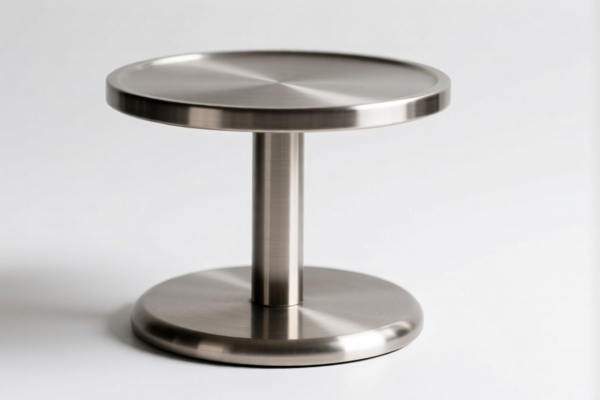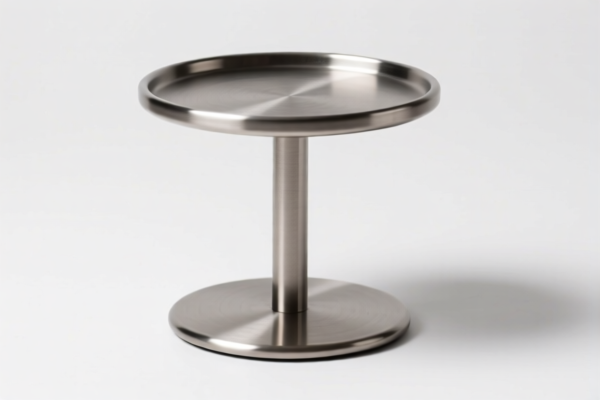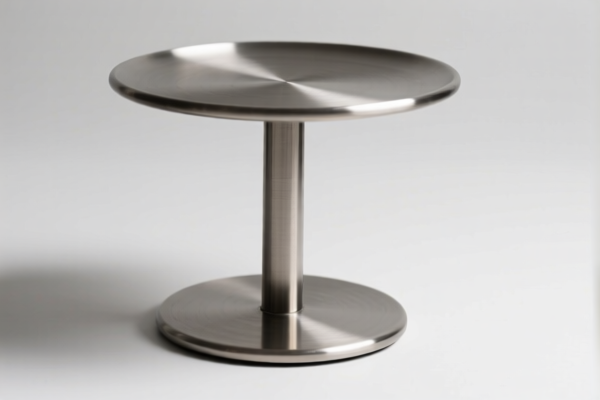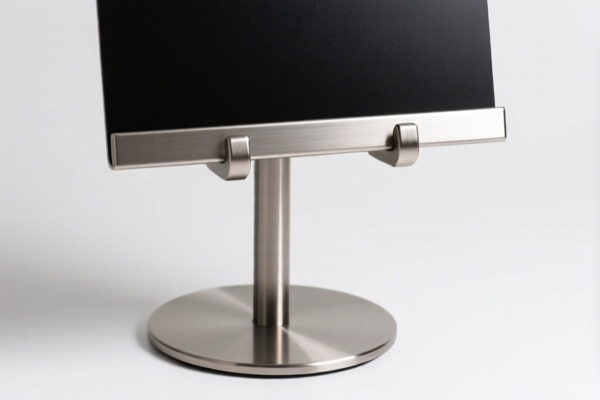| HS Code | Official Doc | Tariff Rate | Origin | Destination | Effective Date |
|---|---|---|---|---|---|
| 9206004000 | Doc | 37.5% | CN | US | 2025-05-12 |
| 9206008000 | Doc | 42.8% | CN | US | 2025-05-12 |
| 9209991000 | Doc | 43.2% | CN | US | 2025-05-12 |
| 8205517500 | Doc | 58.7% | CN | US | 2025-05-12 |
| 8205700090 | Doc | 60.0% | CN | US | 2025-05-12 |
| 8206000000 | Doc | The rate of duty applicable to that article in the set subject t+30.0% | CN | US | 2025-05-12 |
| 8208906000 | Doc | 55.0% | CN | US | 2025-05-12 |
| 8211959000 | Doc | 3¢ each + 5.4%+55.0% | CN | US | 2025-05-12 |
| 8211955000 | Doc | 0.4¢ each + 6.1%+55.0% | CN | US | 2025-05-12 |




Cymbal Stand
A cymbal stand is a piece of hardware used in drum kits to hold cymbals. It provides a stable support and allows for cymbal positioning and adjustability.
Materials
Cymbals stands are typically constructed from:
- Steel: The most common material, offering a balance of strength, durability, and affordability. Different grades of steel affect weight and rigidity.
- Aluminum: Lighter than steel, making it easier to transport, but generally less robust. Often used in lighter-duty stands or for specific applications.
- Chrome: A protective coating applied to steel to prevent rust and provide a polished appearance.
- Double-Braced Legs: Many stands utilize double-braced legs for increased stability, particularly important for heavier cymbals or more aggressive playing styles.
Purpose
The primary purpose of a cymbal stand is to:
- Support: Hold the cymbal securely in place.
- Position: Allow the drummer to place the cymbal at a comfortable and ergonomically correct height and angle.
- Adjustability: Enable easy adjustments to height, tilt, and reach to suit different playing styles and musical genres.
- Resonance: Minimize unwanted vibrations and allow the cymbal to resonate freely.
Function
A typical cymbal stand consists of the following components:
- Base: The foundation of the stand, providing stability. Can be tripod-style or more complex designs.
- Legs: Support the base and allow for height adjustment.
- Vertical Shaft: The main upright post that supports the cymbal arm.
- Cymbal Arm: Extends horizontally to hold the cymbal. Often adjustable in length and angle.
- Cymbal Sleeve/Holder: The part that directly supports the cymbal, typically with a plastic or felt washer to protect the cymbal's surface and prevent unwanted noise.
- Tilter: Allows for adjusting the angle of the cymbal.
- Clutch: Secures the cymbal to the stand and allows it to swing freely (for ride cymbals) or remain fixed (for crash cymbals).
Usage Scenarios
Cymbal stands are essential in a variety of musical settings:
- Drum Kits: The core component of any drum set.
- Live Performances: Used in concerts, clubs, and other live music venues.
- Recording Studios: Used for recording drum tracks.
- Practice Sessions: Used for individual practice and rehearsals.
- Marching Bands: Specialized stands are used for carrying and positioning cymbals while marching.
Common Types
Several types of cymbal stands are available, each designed for specific purposes:
- Straight Cymbal Stand: The most basic type, with a vertical shaft and a straight arm. Suitable for ride cymbals and other cymbals that require a fixed position.
- Boom Cymbal Stand: Features a horizontal arm that extends further from the base, allowing for greater cymbal placement flexibility. Ideal for crash cymbals or multiple cymbals.
- Hi-Hat Stand: Specifically designed to hold hi-hat cymbals, featuring a foot pedal to control the opening and closing of the cymbals.
- Remote Hi-Hat Stand: Allows the hi-hat cymbals to be positioned away from the bass drum, offering greater flexibility in drum kit layout.
- Utility Cymbal Stand: Versatile stands that can be used for a variety of applications, such as holding splash cymbals, chimes, or other percussion instruments.
- Heavy-Duty Cymbal Stand: Constructed with thicker materials and more robust bracing for supporting heavier cymbals or withstanding aggressive playing styles.
Based on the provided information, cymbal stands fall under the category of parts and accessories for musical instruments. Here's a breakdown of relevant HS codes:
- 9209991000: Parts (for example, mechanisms for music boxes) and accessories (for example, cards, discs and rolls for mechanical instruments) of musical instruments; metronomes, tuning forks and pitch pipes of all kinds: Other: Other: Mutes for musical instruments; pedals, dampers and spurs for drums; pedals and holders for cymbals; lyres and other music holders for attachment to musical instruments; and collapsible stands for holding music or for holding musical instruments.
- 92: Chapter 92 covers musical instruments, including their parts and accessories.
- 09: Heading 9209 specifically covers parts and accessories of musical instruments.
- 991000: This subheading covers "Other" parts and accessories, including mutes, pedals, dampers, spurs, holders for cymbals, lyres, and collapsible stands. This is the most directly applicable code for cymbal stands. The total tax rate is 43.2% (5.7% basic tariff + 7.5% additional tariff + 30.0% additional tariff after 2025.4.2).
According to the provided reference material, the HS code options related to 'cymbal stand' are limited, with only the following 1 found.
Regarding HS code 9209991000, please note that it covers a broad range of accessories. Ensure accurate classification based on the specific features of the cymbal stand.
Customer Reviews
No reviews yet.